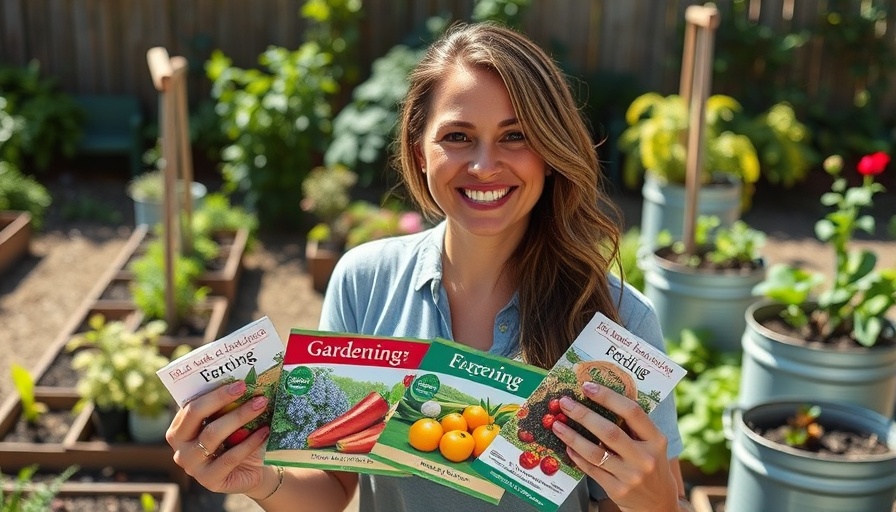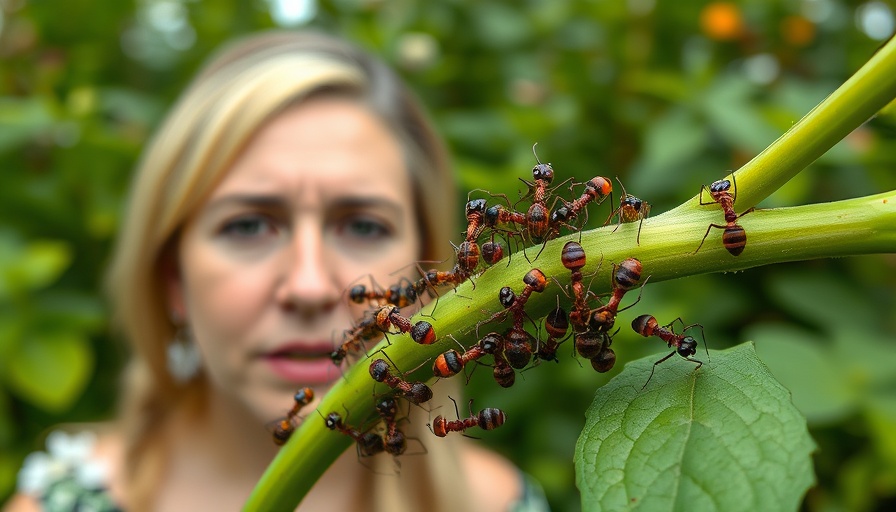
Unlock Your Garden's Potential: July Planting in Cold Climates
As July rolls in, many gardeners in the Okanagan might be surprised to hear about the plethora of seeds they can still plant, even in the cooler temperatures of winter’s approach. Many may feel as though their gardening season is winding down, but there’s still plenty of time to nurture the earth with fresh seeds. In fact, July can be a golden opportunity for a vibrant second harvest!
In July Planting Guide for Cold Climates (Yes, You Still Have Time!), we cover essential planting strategies for late summer that unlock abundant harvests in cooler climates.
Essential Seeds for July: What You Can Still Plant
Lettuce and spinach: if your current crops are becoming sour, it’s a clear indication to re-seed. These leafy greens thrive in cooler, shadier spots. Starting them indoors allows for smoother transitions when you transplant them outside come late August when temperatures drop at night. You can enjoy fresh salads while ensuring your harvest is less prone to bolting.
Other great options include radishes, turnips, and squash. These can be seeded indoors or directly outdoors, depending on your preferences. According to recent studies, exposure to frost enhances the flavor of these root vegetables. Therefore, don’t shy away from planting them now, as that frost will produce some of the sweetest produce you can imagine, especially during harvest time.
Understanding the Importance of Frost for Flavor and Sweetness
This lesser-known gardening hack might surprise you: vegetables like carrots and beets taste significantly better when harvested after a frost. My grandmother taught me this invaluable lesson years ago, and testing it proved her right! Plants that endure cold temperatures develop a richer flavor, adding depth to your culinary creations.
It’s essential for Okanagan gardeners to embrace the chilly nights as a beneficial aspect of gardening. Plant now, and let nature work its magic!
The Right Herbs for a Cooler Climate
Cold-hardy herbs, like dill and cilantro, are also perfect for July planting. If you notice your herbs starting to bolt, it’s time for a refreshing re-seeding. Herbs flourish during cooler weather and can be sown indoors before being moved outside as temperatures dip. Dill in particular holds sentimental value, as it’s crucial for many family recipes in Ukrainian culture, and there's nothing like the mouthwatering fragrance of fresh dill filling your kitchen.
Exploring the Benefits of Cover Crops
The topic of cover crops is often overlooked, yet for those gardening in cold conditions, it can serve as a transformative strategy. Research indicates that cover crops enhance soil quality, whether your plot is sandy, compacted, or newly established. Planting options like buckwheat or clover can develop a thriving ecosystem in your soil, crucial for long-term productivity.
This July is your chance to enrich the earth before winter settles in. Active cover crop management can yield rich soil in years to come, allowing for more robust come spring planting. Time is running out, though; act quickly if you want to maximize benefits!
Growing Bush Beans for Continuous Harvests
Another fun option for the latter part of the summer is bush beans. These plants are easy to grow and are perfect for smaller garden spaces. Though they take around six to eight weeks to mature, if planted now, you can still enjoy a bountiful harvest before the cold set in. Their multi-functional role as both produce and a cover crop makes them an excellent addition to your garden.
Giving Your Strawberries a Summer Makeover
Don’t forget about your strawberries! Many plants will have spent their energy by mid-July, so it’s important to remove those runners. Doing this allows the mother plant to preserve energy and focus on producing the healthiest offspring. Deadheading keeps your berry plants thriving into the fall and ensures robust root systems for a fruitful spring.
Preparing for Success This July
Through the insights from the video July Planting Guide for Cold Climates (Yes, You Still Have Time!), it’s clear that gardeners can still vibrant crops in coastal climates. With a little thoughtfulness, thorough planning, and a dash of patience, July doesn’t have to signal an end to your gardening aspirations. Instead, it’s a wonderful chance to re-evaluate, refresh, and replant!
As you gear up for this gardening potential, consider what you wish to plant this July and give your local culinary scene something special to savor this summer.
 Add Row
Add Row  Add
Add 




 Add Row
Add Row  Add
Add 

Write A Comment